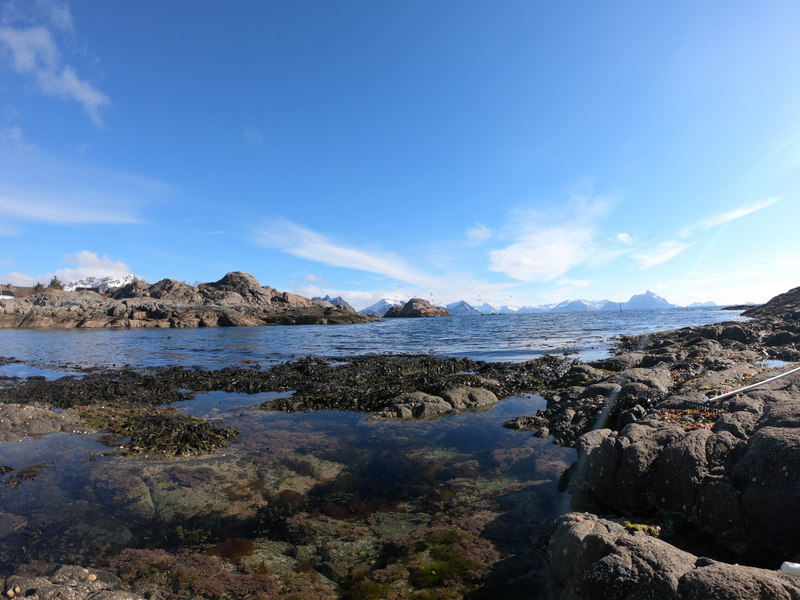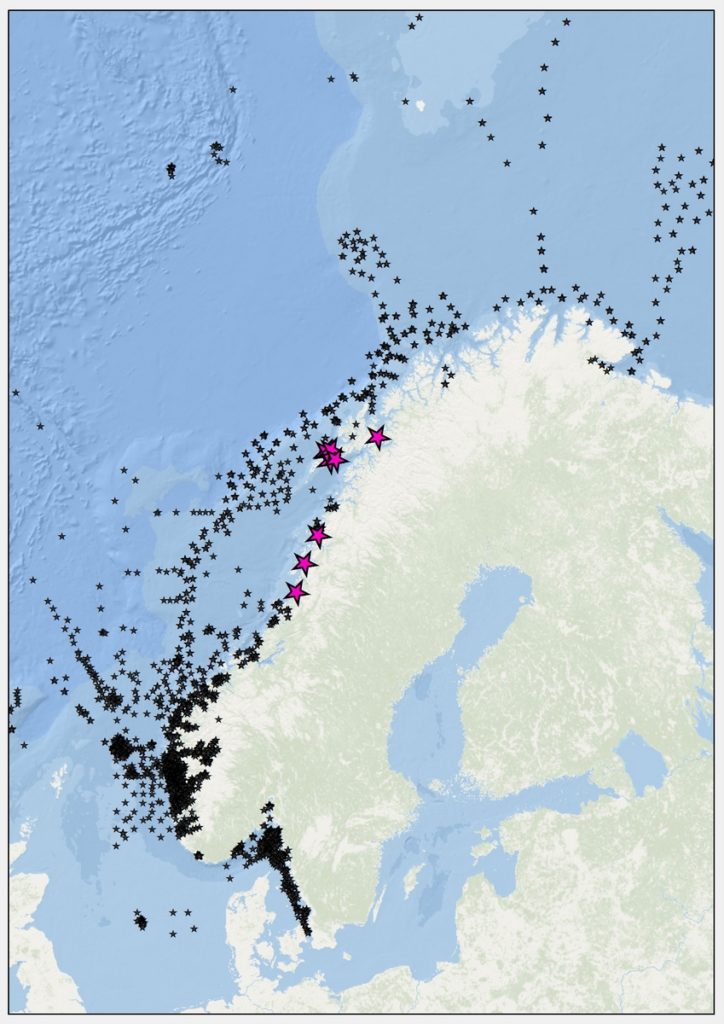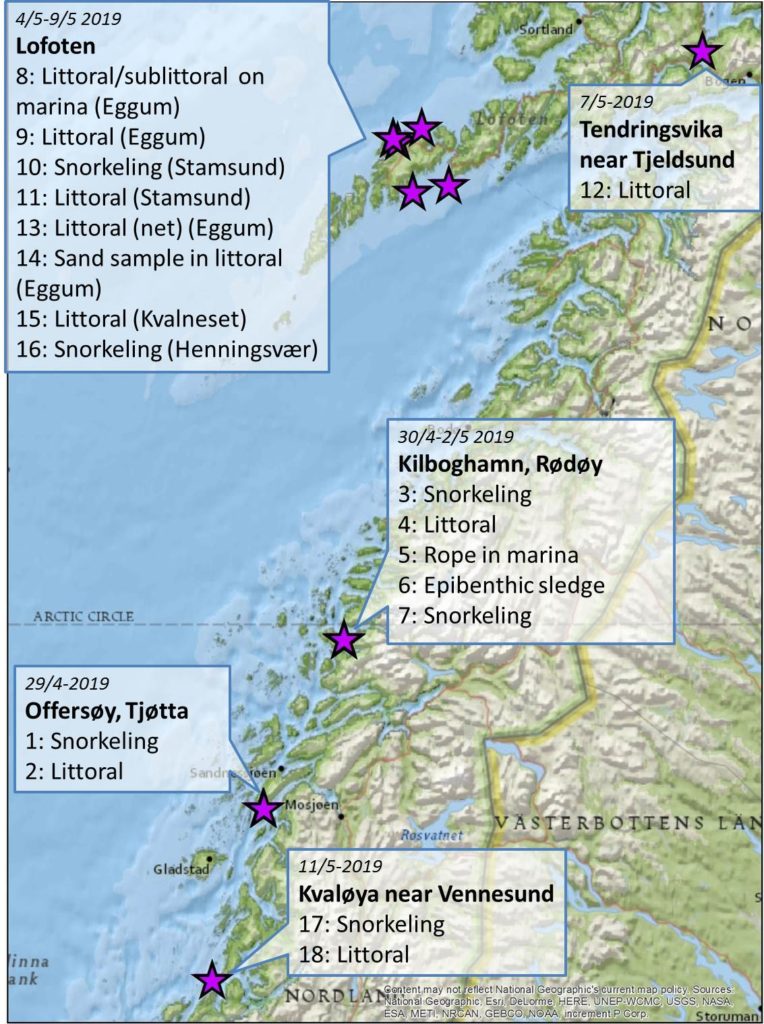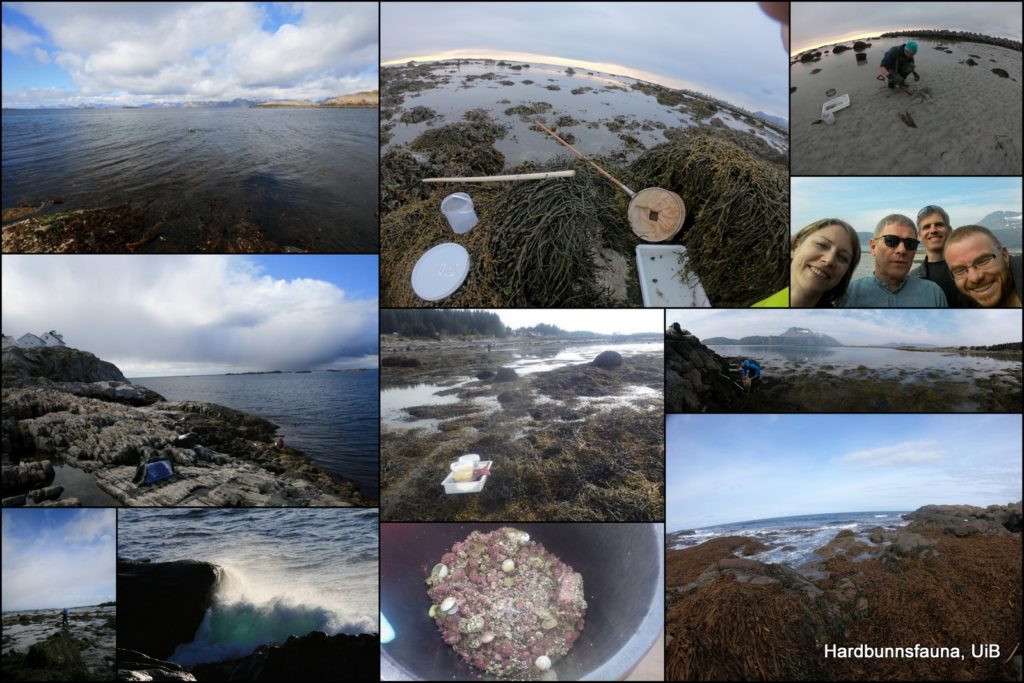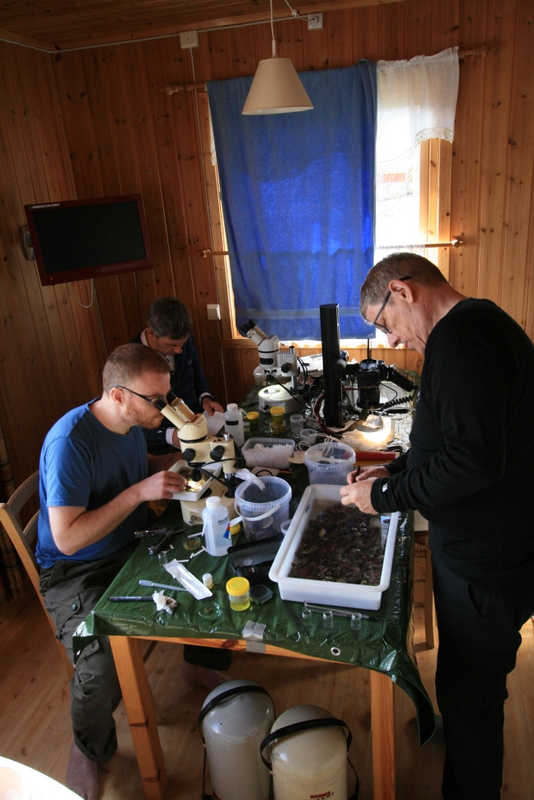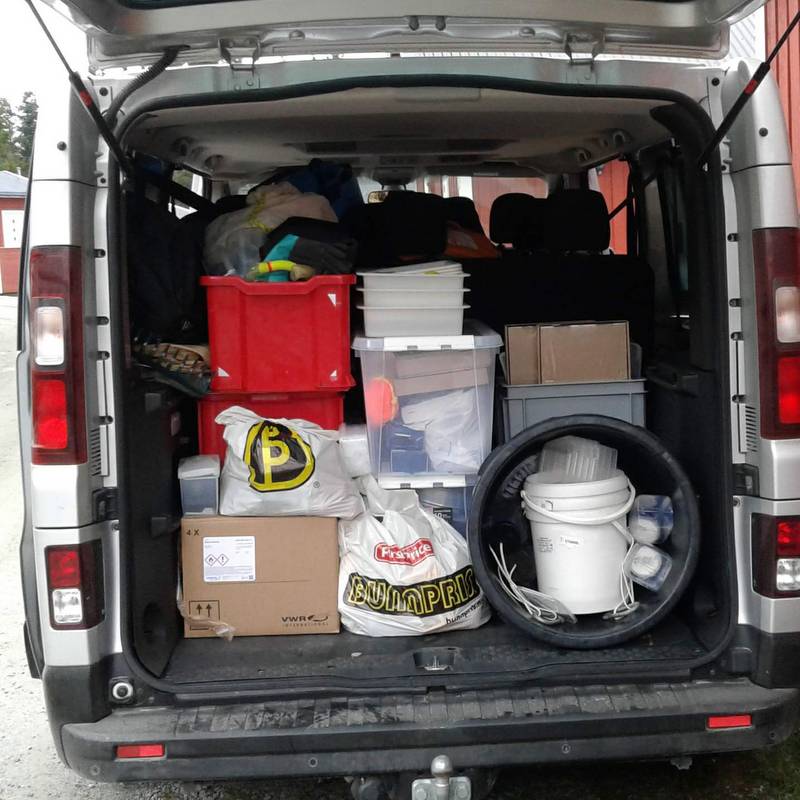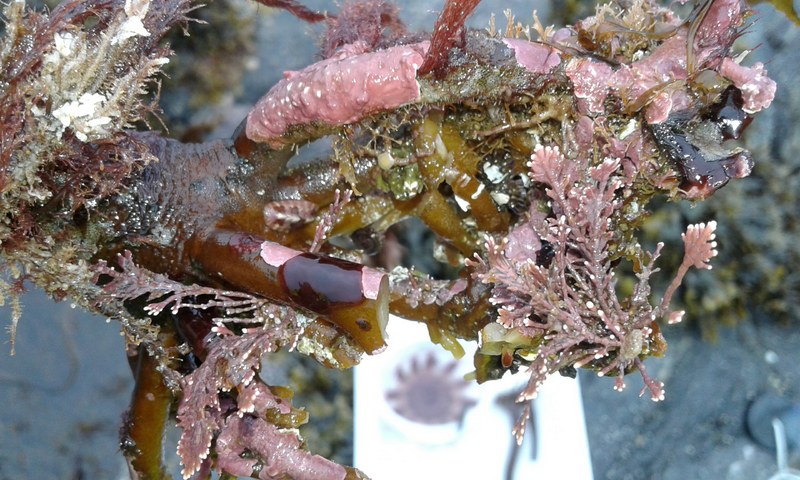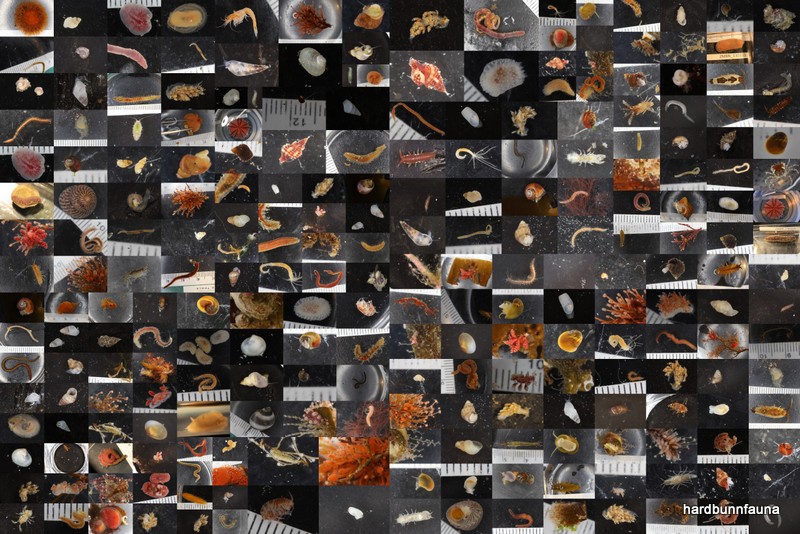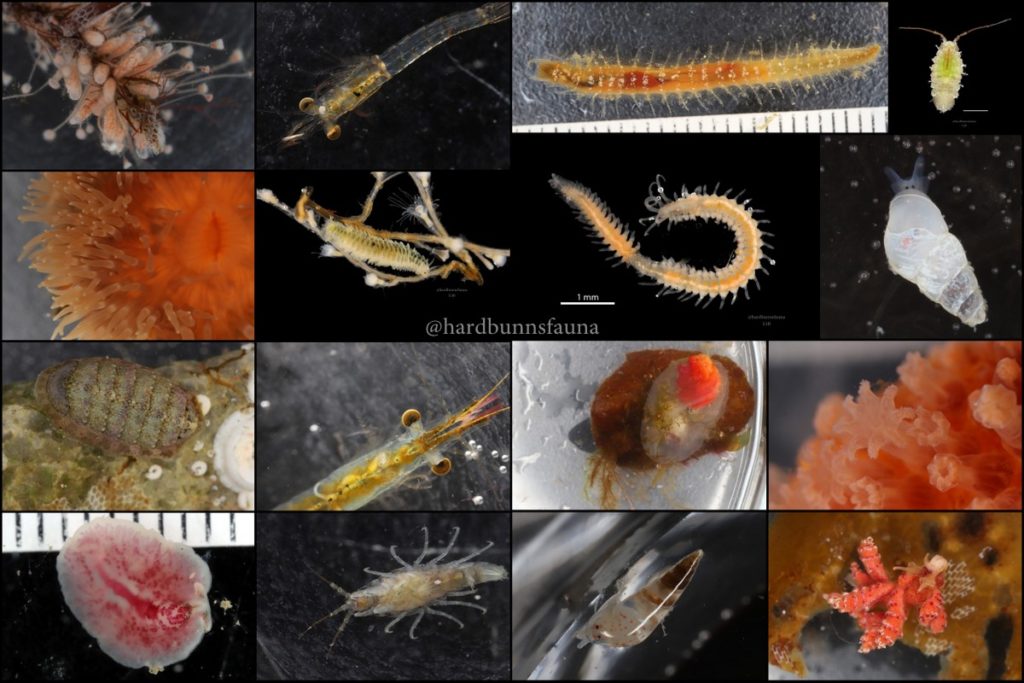To the Research School in Biosystematics (ForBio), that is!
Last April, NorHydro participated in two events organized by ForBio (who is actually one of the partners of our project): the 2019 Annual ForBio Meeting and the ForBio and MEDUSA course “Zooplankton Communities – Taxonomy and Methods”. Both events were very productive and fun, here is the story:
The 2019 Annual ForBio Meeting was held in Trondheim. Many high-quality talks were delivered during this meeting and NorHydro received useful feedback from students and consolidated scientists from all the Nordic countries. It was particularly important for NorHydro to be present at the annual meeting, because together with ForBio we are planning a course on hydrozoan diversity and phylogeny in 2020, so the meeting in Trondheim was the perfect vehicle to advertise both the course and the activities and expected outcomes of the project.

I did not see any hydroid in Trondheim during the meeting, but the trees in the city center looked suspiciously like colonies of Obelia dichotoma. Pictures: Luis Martell
In addition to NorHydro, the University Museum of Bergen attended the meeting with interesting talks from some of our PhD students and guests, presenting diverse subjects as the phylogeny of the plant genus Potentilla (by Nannie Persson), morphological data of the polychaete family Lumbrineridae (by Polina Borisova), and the diversity of the marine snail genus Scaphander (by Justine Siegwald).

Snapshots of two of the UMB talks during the annual meeting: Luis presenting NorHydro (left) and Justine explaining the mysteries of Scaphander (right). Pictures: Nannie Persson
Later in the month, Aino, Joan and I participated as teachers in the course “Zooplankton Communities – Taxonomy and Methods”, an event organized by ForBio in collaboration with the DIKU-funded project MEDUSA. The course was packed with motivated students and beautiful specimens of gelatinous zooplankton, and we managed to collect some hydromedusae for NorHydro as well. The bloom of hydrozoans is more evident in the water column than anywhere else, since the reproductive season is in close relation with the increasing abundance of food items in the plankton (which in turn follows the spring bloom of microalgae), and our samples confirmed that spring is the perfect hydrozoan hunting season. Beautiful sunsets, friendly chats, and exciting lectures complemented the activities of the zooplankton course, making for a great month in the partnership of ForBio and NorHydro!
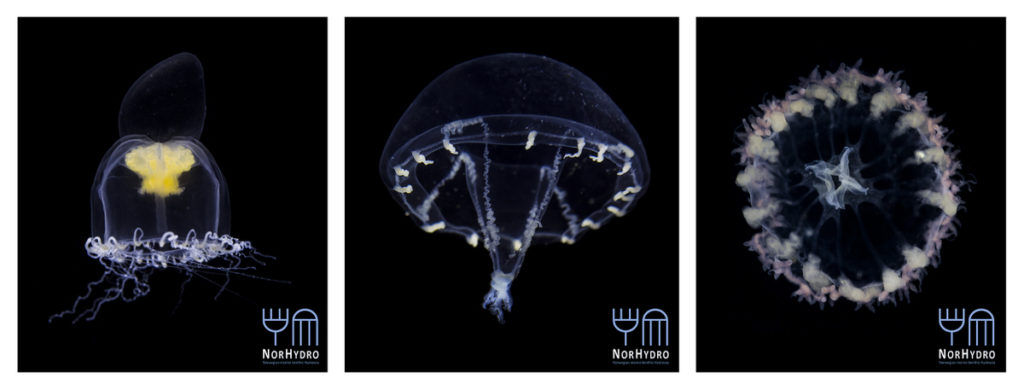
We caught some interesting jellies during the course, like these Leuckartiara octona (left), Tima bairdii (middle), and Halopsis ocellata (right). Pictures: Elena Degtyareva
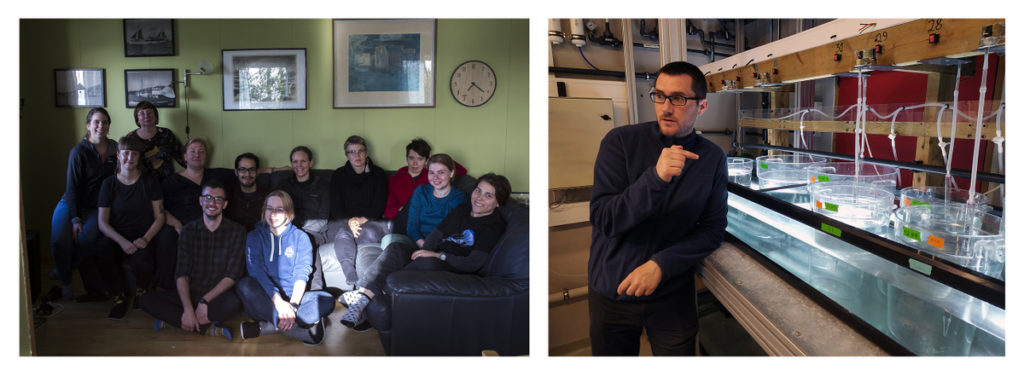
Happy participants of the zooplankton course. From left to right: Raphaelle Descoteaux, Christina Jönander, Ksenia Kosobokova, Elena Temereva, Kyle Mayers, Luis Martell, Elena Degtyareva, Aino Hosia, Sanna Majaneva, Ksenia Smirnova, Ekaterina Nikitenko, Anna Shapkina. Joan Soto (right picture) explained how to keep ctenophores alive during the visit to the Ctenophore Facility of the Sars Centre. Pictures: Nataliya Budaeva, Luis Martell
– Luis

